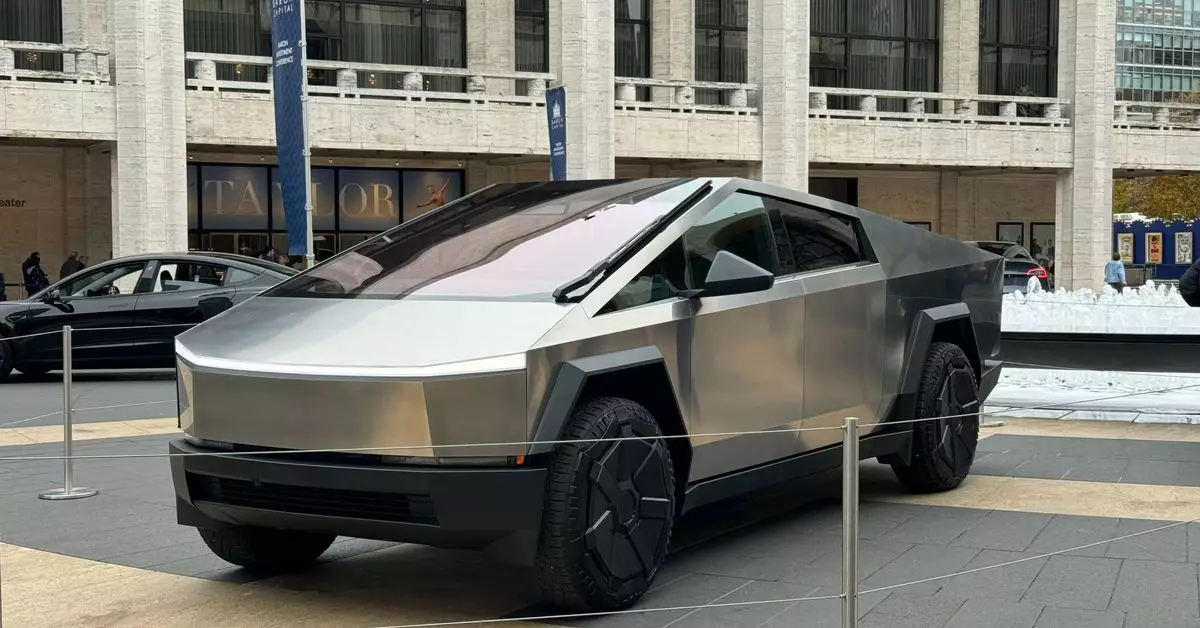The Tesla Cybertruck, a highly anticipated electric pickup, has made headlines for its unconventional design and innovative technology. As of now, it is slowly integrating one of the most sought-after features: Full Self-Driving (FSD) capability. Following its official launch in November 2023, many owners have eagerly awaited this latest software update. Reports from the Cybertruck Owners Club indicate that FSD is finally rolling out, marking a significant milestone for both owners and Tesla itself. This development not only speaks to Tesla’s commitment to enhancing its vehicular technology but also to the broader implications of autonomous driving in real-world applications.
The update that has begun to reach Cybertruck owners is version 12.5.5 of the FSD software. This version is particularly noteworthy due to its inclusion of a vision-based driver attention monitoring system, which is designed to improve safety, even for drivers who wear sunglasses. Such innovations in user monitoring systems showcase Tesla’s forward-thinking approach to driver assistance technologies. But with great expectations come challenges; videos shared among the community highlight instances where the system did require human intervention, such as nearly colliding with a median during an automatic turn. This incident emphasizes that while advancements are being made, the technology still necessitates human oversight and involvement.
The Technology Behind FSD
The newly integrated features in FSD v12 indicate a shift towards a more AI-driven approach. The promise of “end-to-end neural nets,” which rely solely on AI algorithms and camera inputs—eschewing additional sensors—marks a significant innovation in autonomous driving technology. By streamlining the data collection process, Tesla aims to enhance the efficiency of its self-driving systems. However, critics argue that this reliance on singular data sources may still present limitations in detecting certain obstacles or navigating complex environments.
As excitement builds around these advancements, it is essential to look ahead. A more robust version, FSD v13, is already planned for release in October. This continued evolution suggests that Tesla is dedicated to refining its technology and rolling out updates that not only keep pace with advancements in the car industry but also cater to the growing demands of consumers. The question looms, though: How safe will this technology be when fully integrated, and how will consumers adapt to a vehicle that encourages less driver input?
The adoption of FSD in the Cybertruck serves as a pivotal moment in Tesla’s journey. While early adopters may revel in testing cutting-edge features, it is essential to balance enthusiasm with caution. The road to fully autonomous driving is fraught with challenges and ethical considerations. As Tesla prepares for the next iteration of FSD, one can only hope that the company will continue to prioritize user safety and reliability, ensuring that the technology lives up to its promises on the bustling highways.

